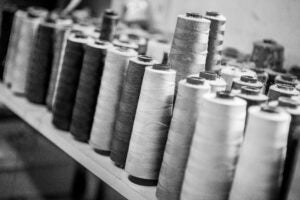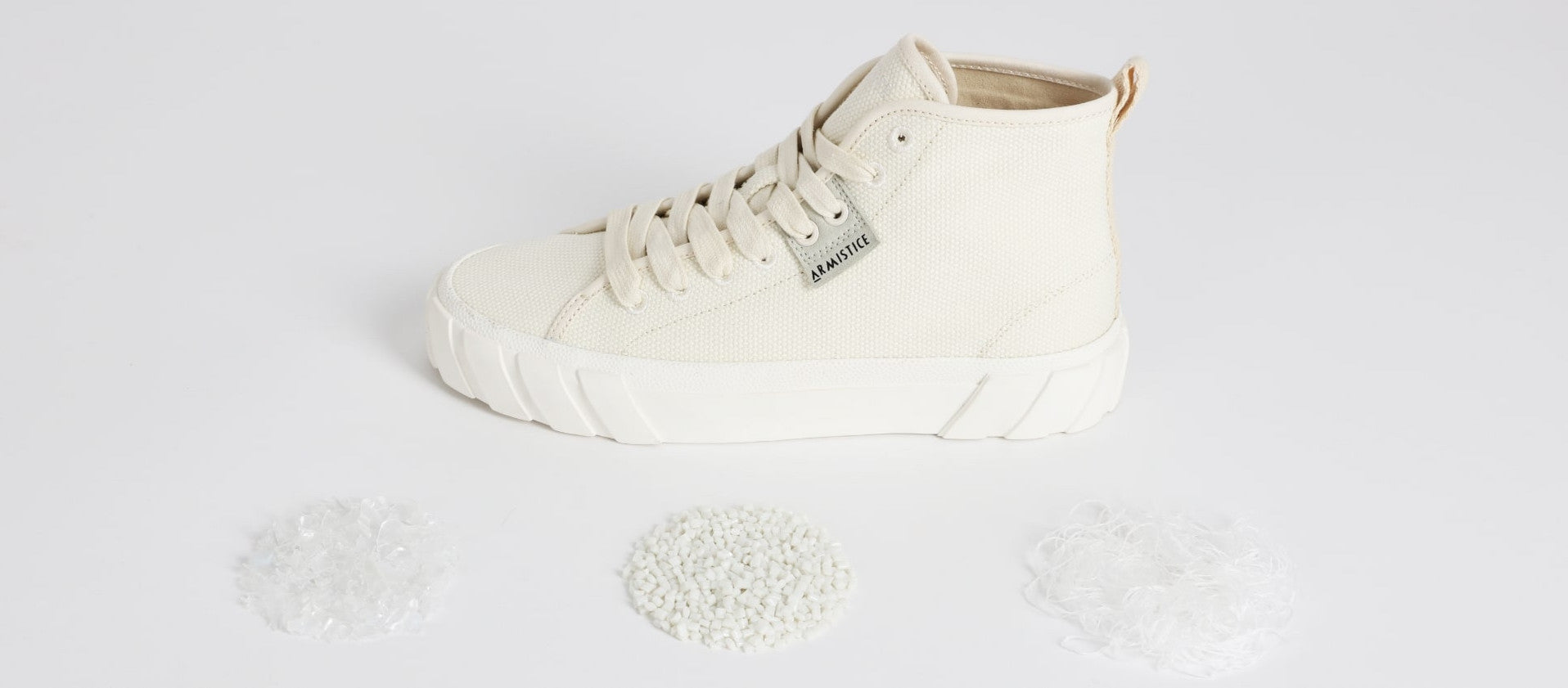
Thieffry Freres & Cie
Thieffry Frères: Weaving Tradition with Modernity in French Linen Since 1837
Thieffry Frères et Cie, established in 1837 in Northern France, has fostered a deep passion for linen, the venerable blue-flowered plant, for over 160 years. With a legacy initiated by Louis and expanded under the direction of Maurice, the third generation, this company has grown from a small workshop to a significant presence in the textile industry, boasting four plants and 2600 looms in Lille by the turn of the 20th century.
A Mark of Excellence: 1992 Olympic Games The company's commitment to quality and craftsmanship earned it the prestigious role of supplying 10,000 athletic garments for the 1992 Olympic Games in Albertville, cementing its reputation for excellence.
Continuing the Legacy Today Today, Sébastien Thieffry leads the company with a dedication to promoting the 'Made in France' label and enhancing his local region, Hauts de France. Looking to the future, the company's legacy is secure with his children, Anaïs and Augustin, who are poised to blend tradition with innovation in the family business.
Linen: The Fabric of History and Innovation Linen, known for its durability and thermoregulatory properties, has been a cornerstone of human textile use for over 36,000 years. Today, Thieffry Frères is at the forefront of reinvigorating the French linen industry, emphasizing sustainable cultivation practices and innovative uses for linen in modern products like skis and boats.
The Journey from Bale to Fabric Thieffry Frères transforms raw linen bales into exquisite fabrics through a series of mechanical processes that respect the environment. This journey from yarn spinning to weaving and final sewing highlights the company’s commitment to eco-friendly production practices.
Thieffryfreres.fr - Masters of French Linen Since 1837Follow Thieffry Frères on Instagram – Elegance in Every Thread



Leave a comment
This site is protected by hCaptcha and the hCaptcha Privacy Policy and Terms of Service apply.